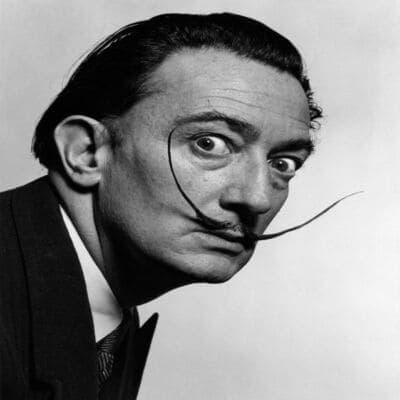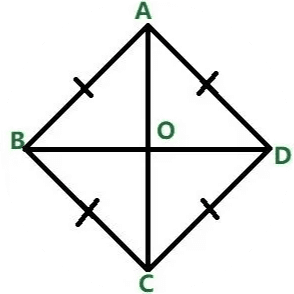
Having some fun with the interviewers
So basically I don't hesitate in challenging the interviewer if I feel like they don't know how to interview a senior candidate
so during many interviews, this is how I have caught them off guard:
- The interviewer was asking me t...
Not sure whether this is something to tom-tom about. Talks more about the quality of interviewer & the approach taken...
This show, if you join you are not going to handle things. You’re a type of guy who always want to show, you are...
You might be a good tech person but you need to work on ego and attitude. You have a narcissistic personality.














